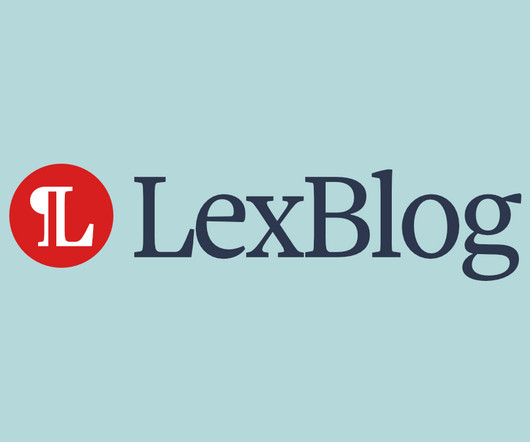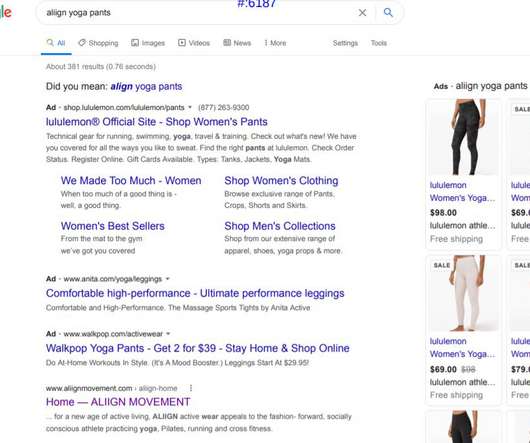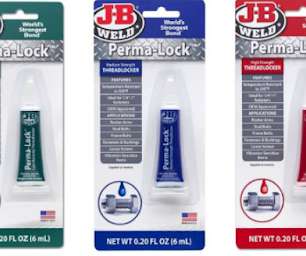Text of Complaint in X Corp v. Center for Countering Digital Hate (CCDH) in CD Cal, regarding not-for-profit’s reports on Twitter disinformation policies
LexBlog IP
AUGUST 7, 2023
CCDH urges brands to not advertise on sites that promote disinformation. X Corp suggests that these efforts have resulted in reduced advertising levels on Twitter. It also, allegedly, obtained access to analytical tools from Brandwatch , a market intelligence consultant. Are the reports advertisements?













Let's personalize your content